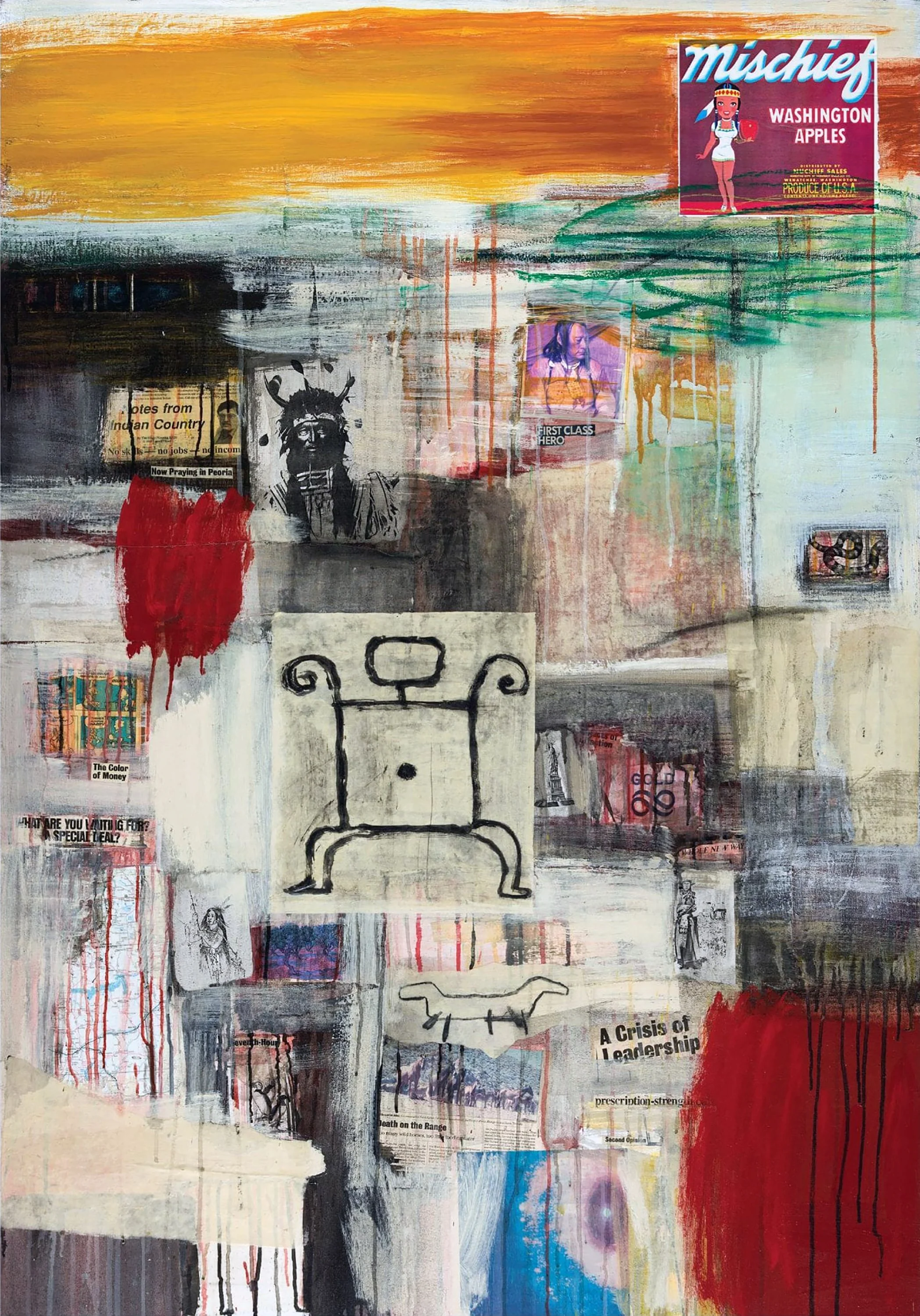Jaune Quick-to-See Smith
Confederated Salish and Kootenai
b. January 15, 1940 – d. January 24, 2025
Lived and worked in New Mexico
jaunequick-to-seesmith.com
Jaune Quick‑to‑See Smith, an enrolled member of the Confederated Salish and Kootenai Tribes and of Métis‑Shoshone descent, was a groundbreaking Native American visual artist, curator, educator, and activist. Born at St. Ignatius Mission on the Flathead Reservation in Montana, she passed away on January 24, 2025, at the age of 85, in Corrales, New Mexico, after a battle with pancreatic cancer.
A pioneer whose career spanned over five decades, Smith earned a BA in Art Education from Framingham State College in 1976 and an MA in Visual Arts from the University of New Mexico in 1980. Her innovative artwork blended painting, printmaking, collage, sculpture, and assemblage—layering commercial signage, maps, petroglyph motifs, and newspaper clippings to address Indigenous identity, colonial histories, environmental abuse, and consumer culture.
Among her most notable bodies of work was the "I See Red" series (1992), created in response to quincentennial celebrations of European colonization, which she described as a reminder that Native Americans are “still alive.” Her cartographic and map-based works reimagined US geography from Indigenous perspectives, challenging historically imposed boundaries.
In 2020, her painting "I See Red: Target" (1992) became the first piece by a Native American artist acquired by the National Gallery of Art. In 2023, she became the first Native American artist to receive a full retrospective at the Whitney Museum of American Art—“Memory Map” showcased over 130 works and affirmed her role as a major voice in contemporary art.
As a curator, Smith was equally trailblazing. She organized Women of Sweetgrass, Cedar, and Sage (1985) with Harmony Hammond, and in 2023 she curated The Land Carries Our Ancestors: Contemporary Art by Native Americans at the National Gallery—the first Native-curated show there in 30 years. Shortly after her death, the Zimmerli Art Museum at Rutgers University opened Indigenous Identities: Here, Now & Always—yet another major exhibition she had helped shape.
A fierce advocate for Indigenous artists, Smith extended her influence far beyond her own work. She helped protect cultural sites like the Petroglyph National Monument in Albuquerque and championed the Institute of American Indian Arts in Santa Fe. She also initiated a memorial scholarship at IAIA to support emerging Native talent.
Her numerous honors included honorary doctorates from institutions such as the Minneapolis College of Art and Design and the University of New Mexico; lifetime achievement awards for visual arts; and inclusion in major cultural retrospectives and permanent collections at the MoMA, Whitney, Met, Smithsonian American Art Museum, and more.
Jaune Quick‑to‑See Smith’s legacy is profound: as a creator, mentor, and champion of Native art, she shifted how American art understands identity, history, and place. She leaves behind a rich foundation and an indelible impact on generations to come.
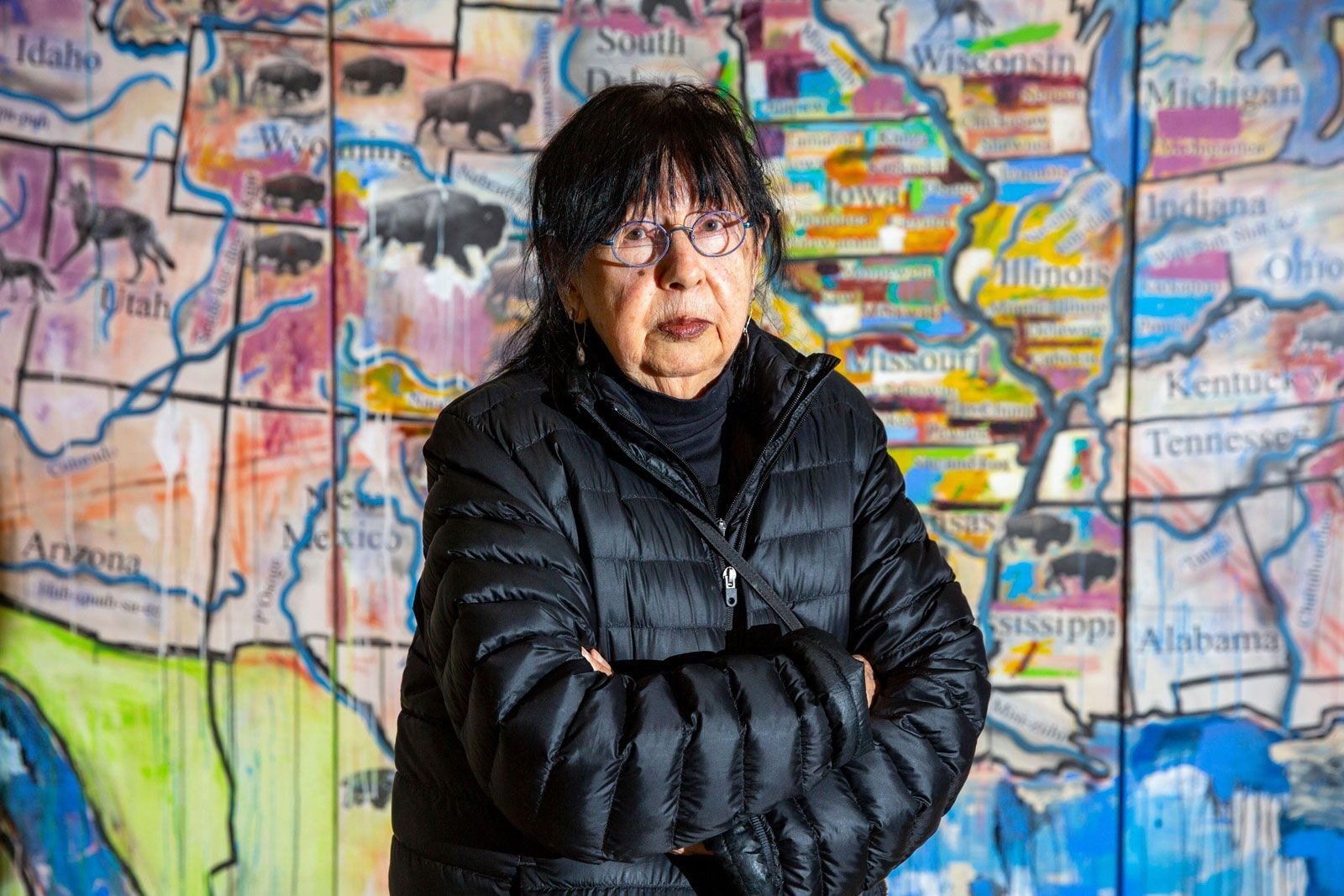
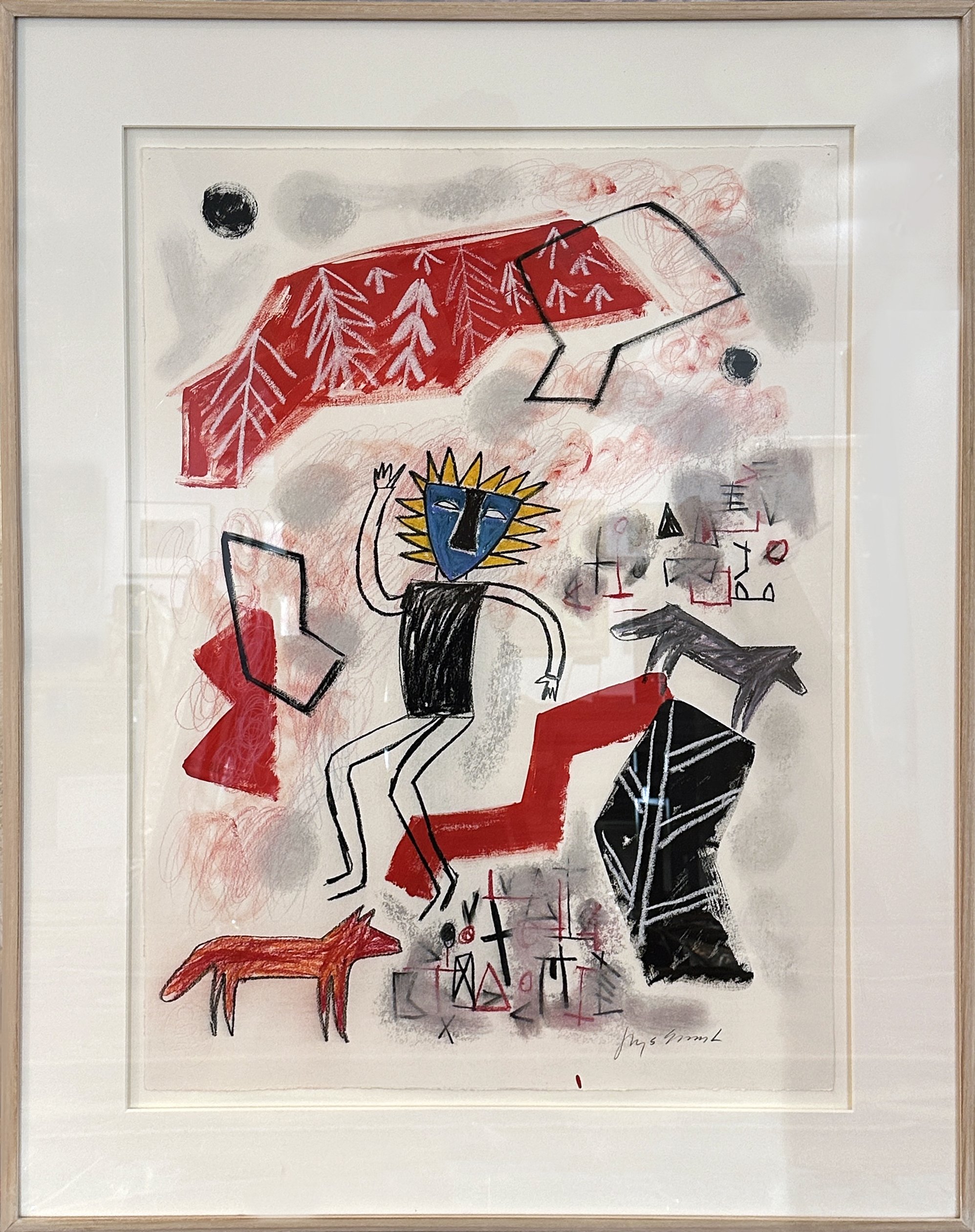
Untitled, c. 1979-80
pastel on Arches watercolor paper, signed in pencil
30 x 22 in
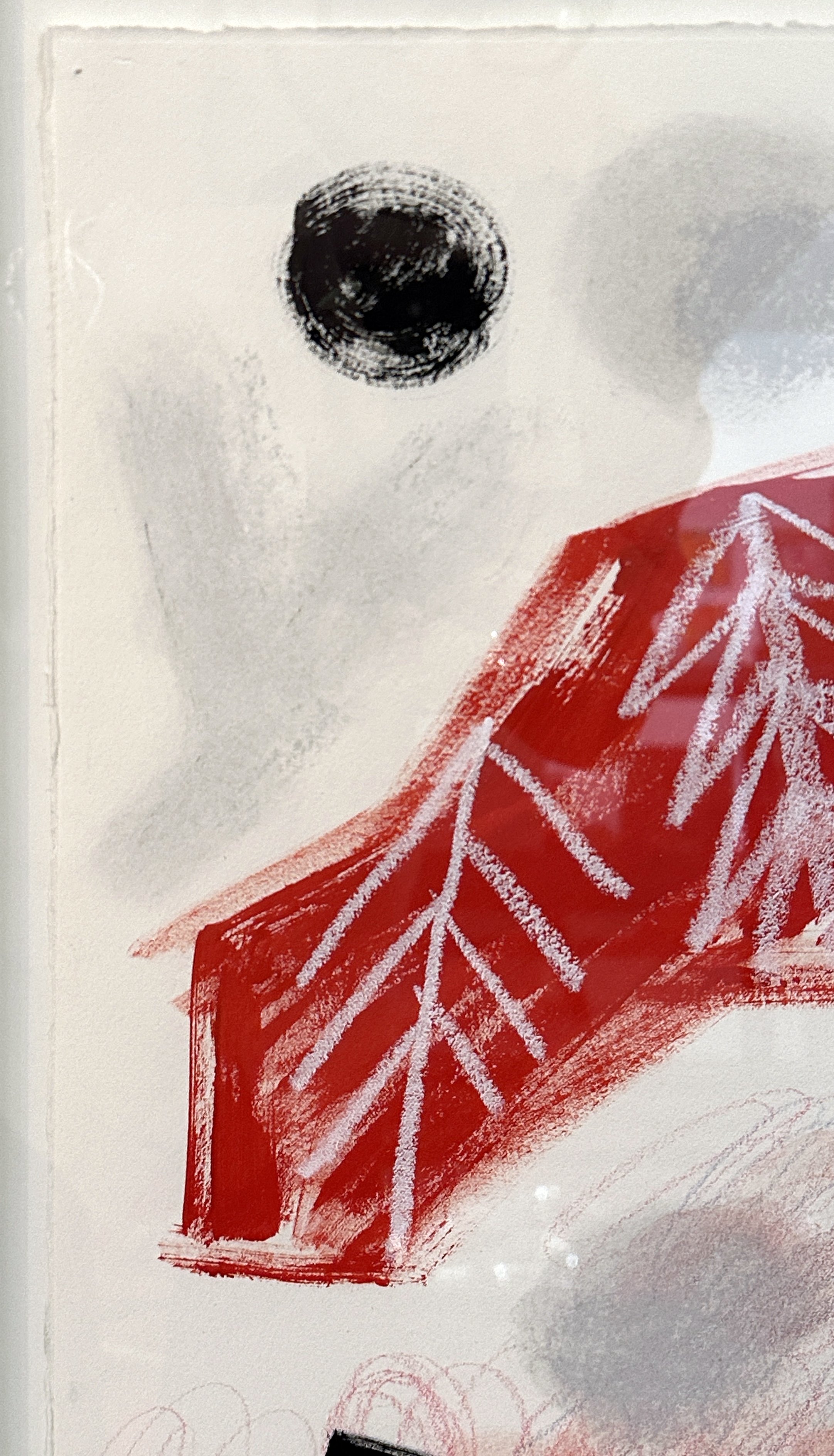
Detail
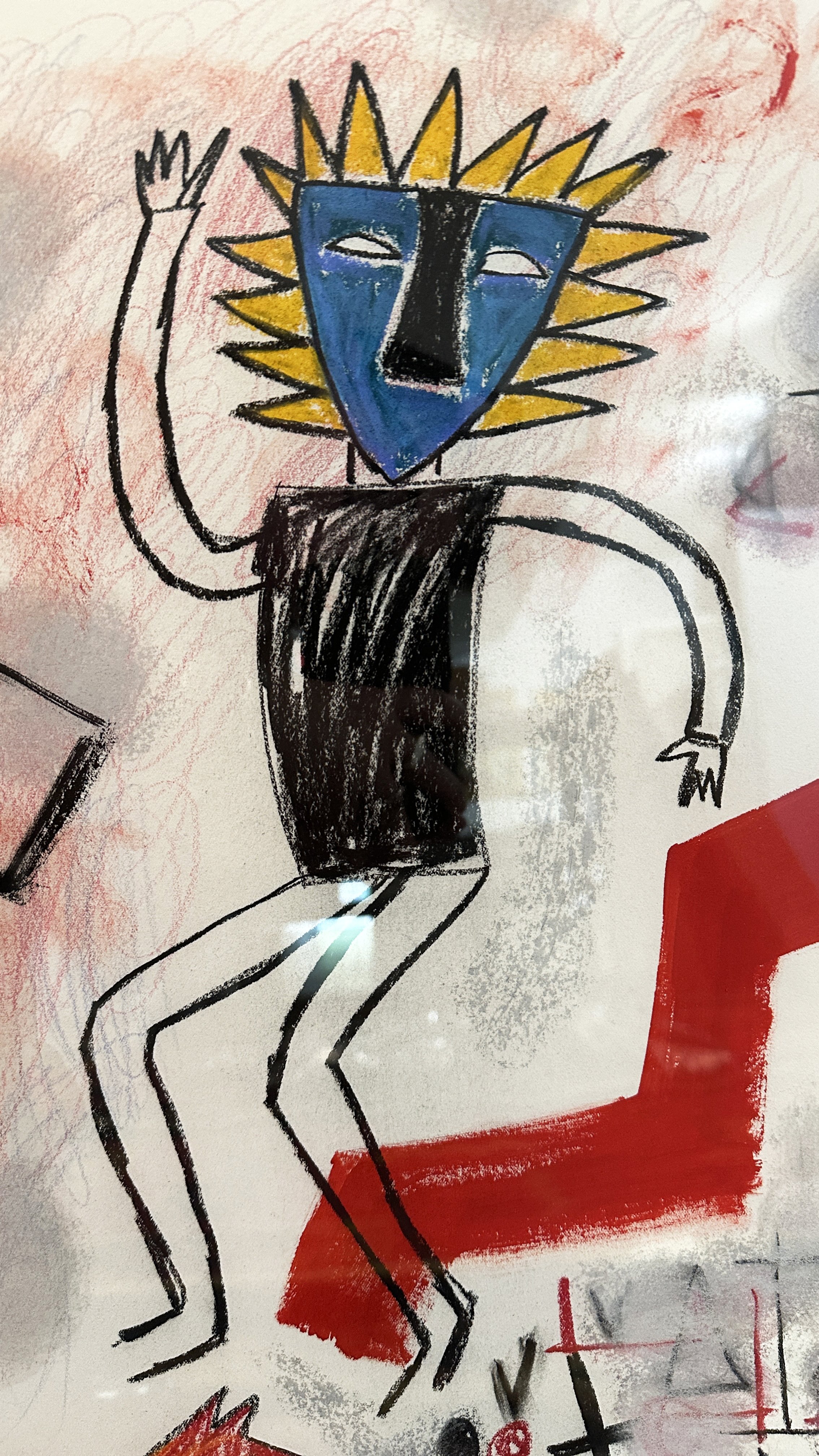
Detail
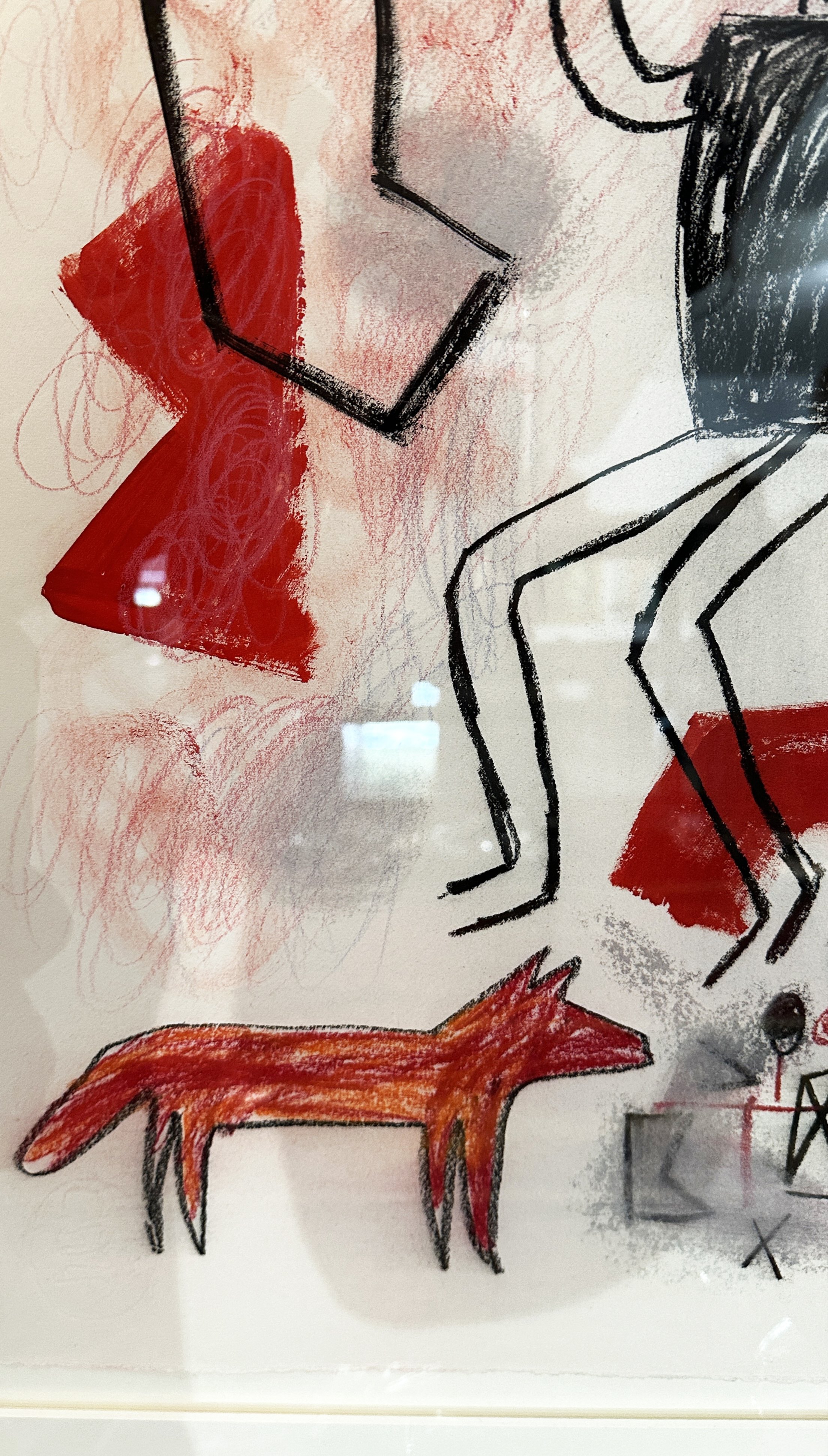
Detail
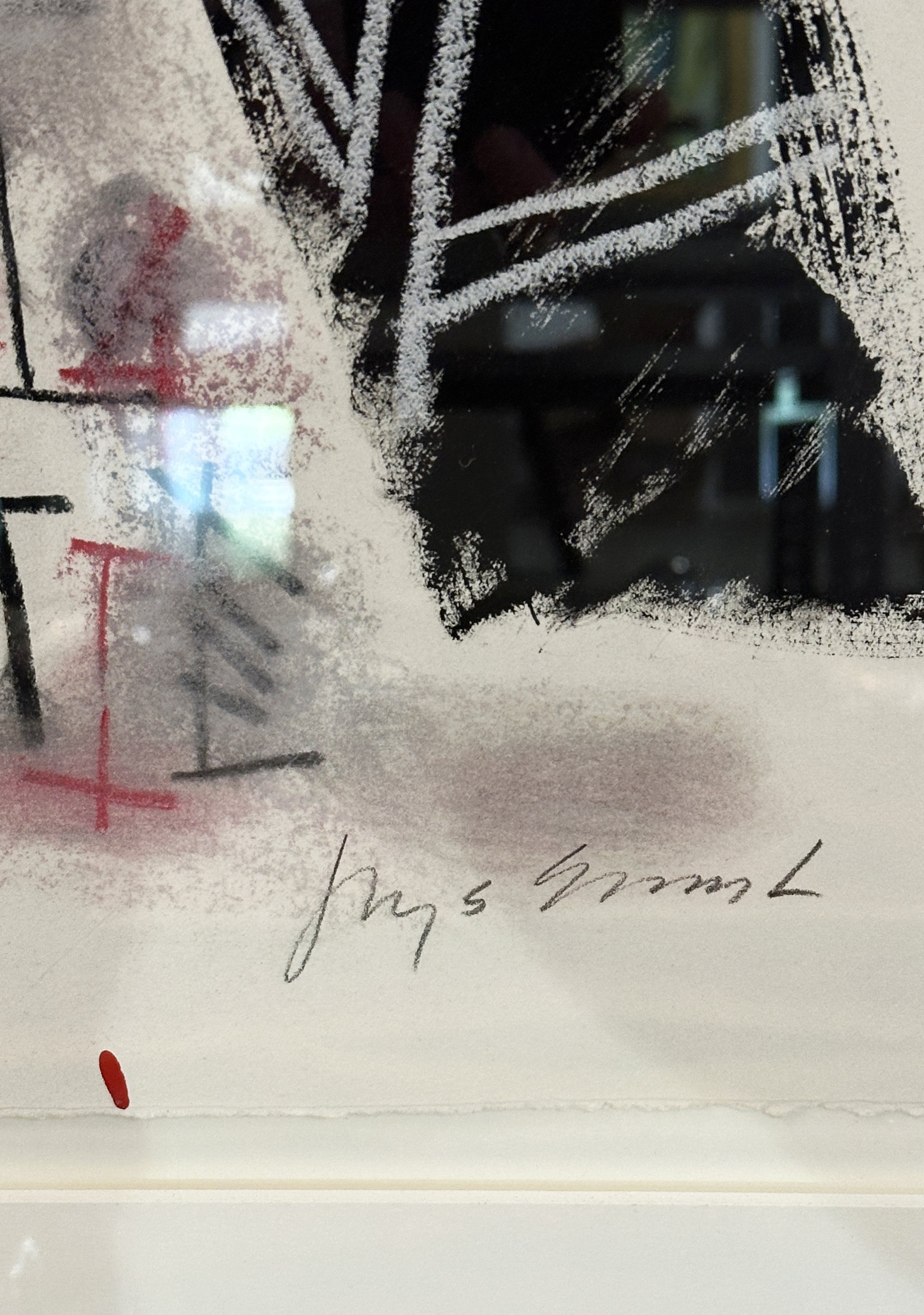
Signature

